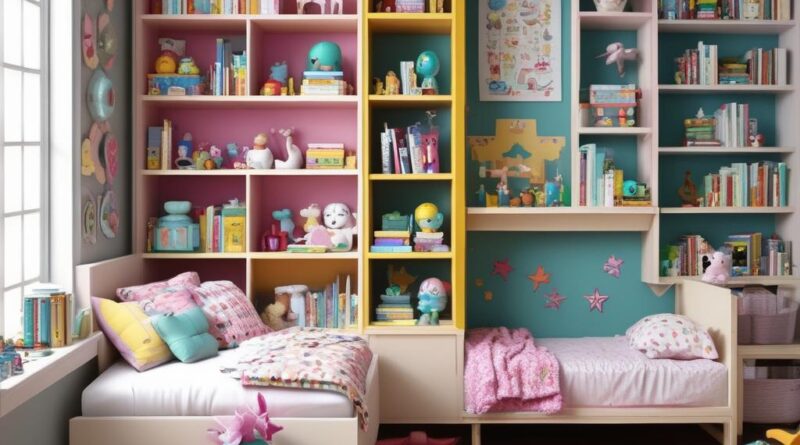30 Creative Small Bedroom Ideas for Kids
Designing a child’s bedroom in a small space can be a real challenge—but with creativity and clever planning, even the tiniest room can become a cozy, functional haven. Having experienced this firsthand, I’ve gathered some of my top tips and smart design tricks to help you make the most of a small bedroom for your little one.
1. Maximize Every Inch
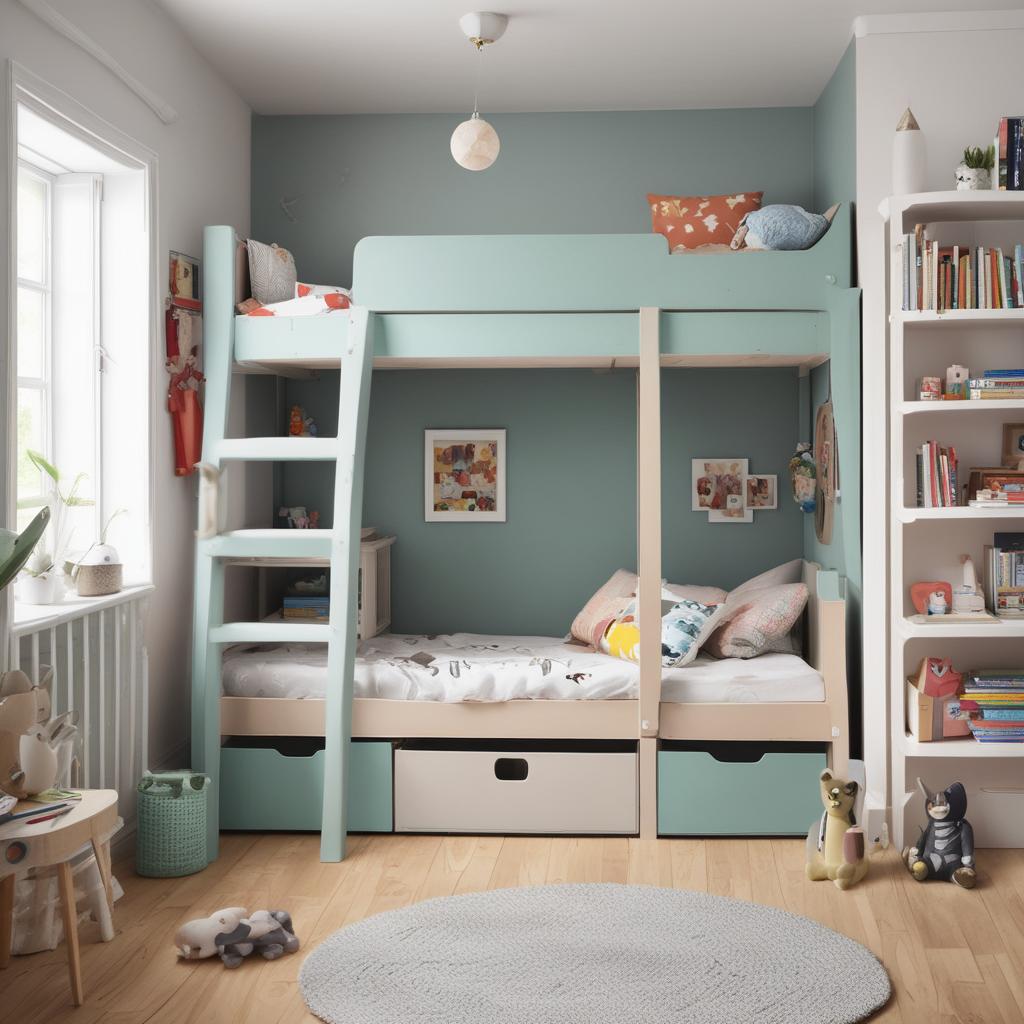
Got an old water tank or awkward cupboard? Consider removing anything non-essential to free up space. Even minor structural changes can make a big difference in room layout and functionality.
2. Go Custom with Furniture
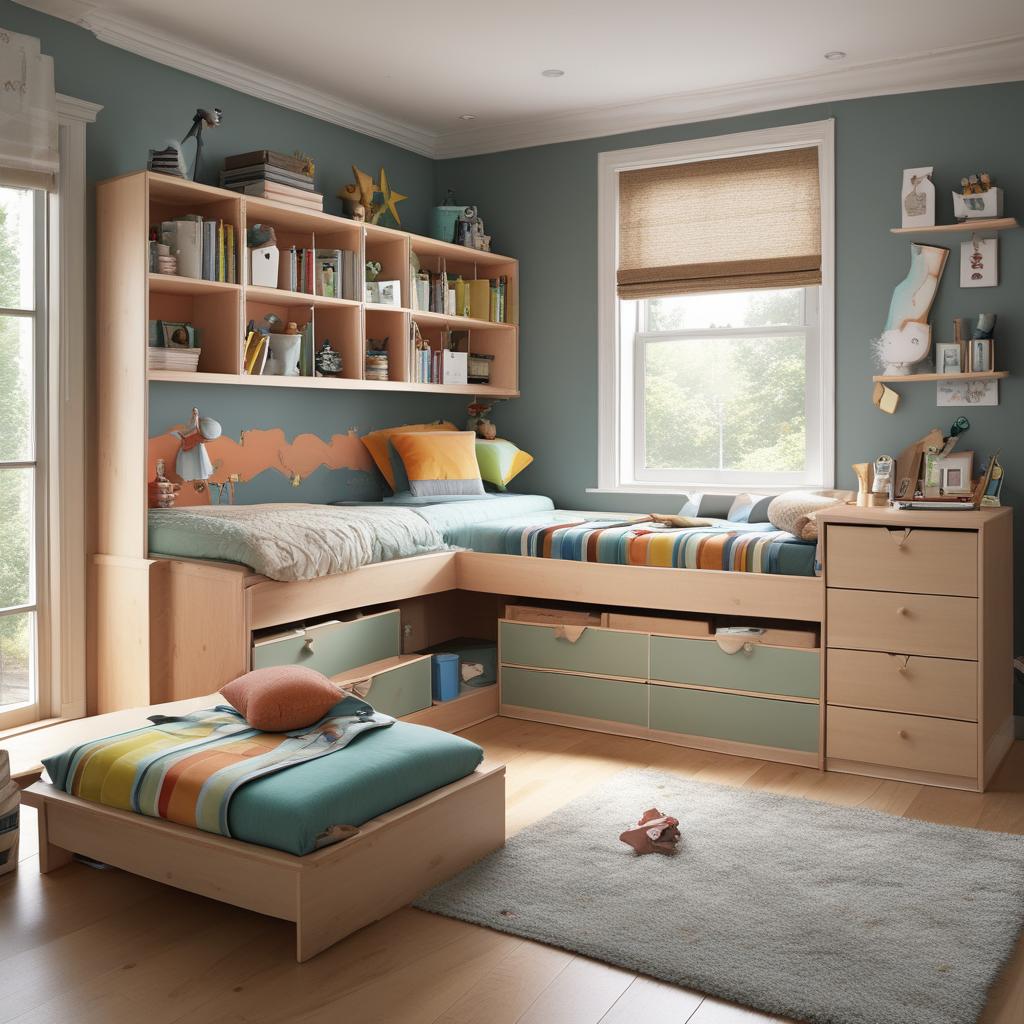
Bespoke furniture is a game-changer in small spaces. Local carpenters or custom solutions can help you utilize awkward corners and maximize storage with built-in shelves or drawers.
3. Choose Smart Beds
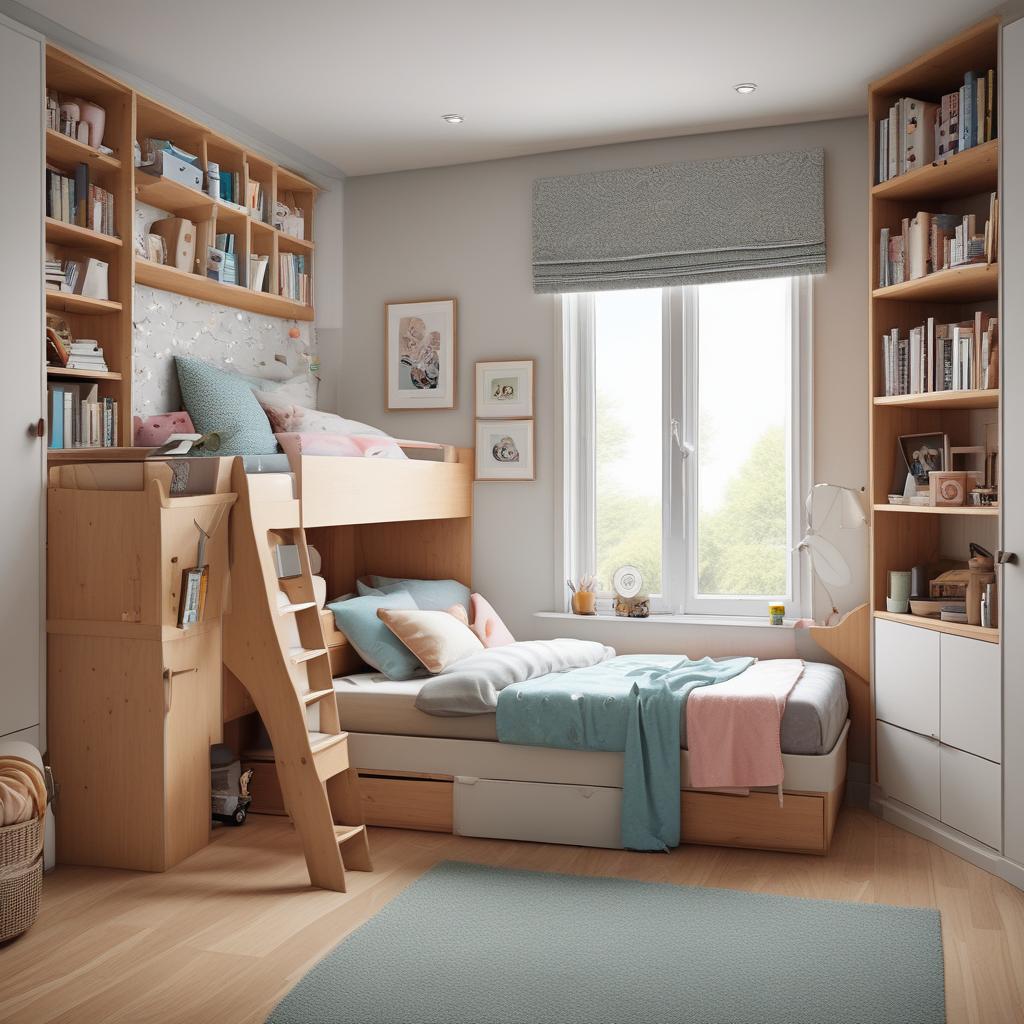
Beds take up the most space, so choose wisely. Try cabin beds, loft beds, trundles, or even corner sofa beds. Think function and flexibility—especially if your child wants a lounge-like space for gaming or relaxing.
4. Reimagine Toy Storage
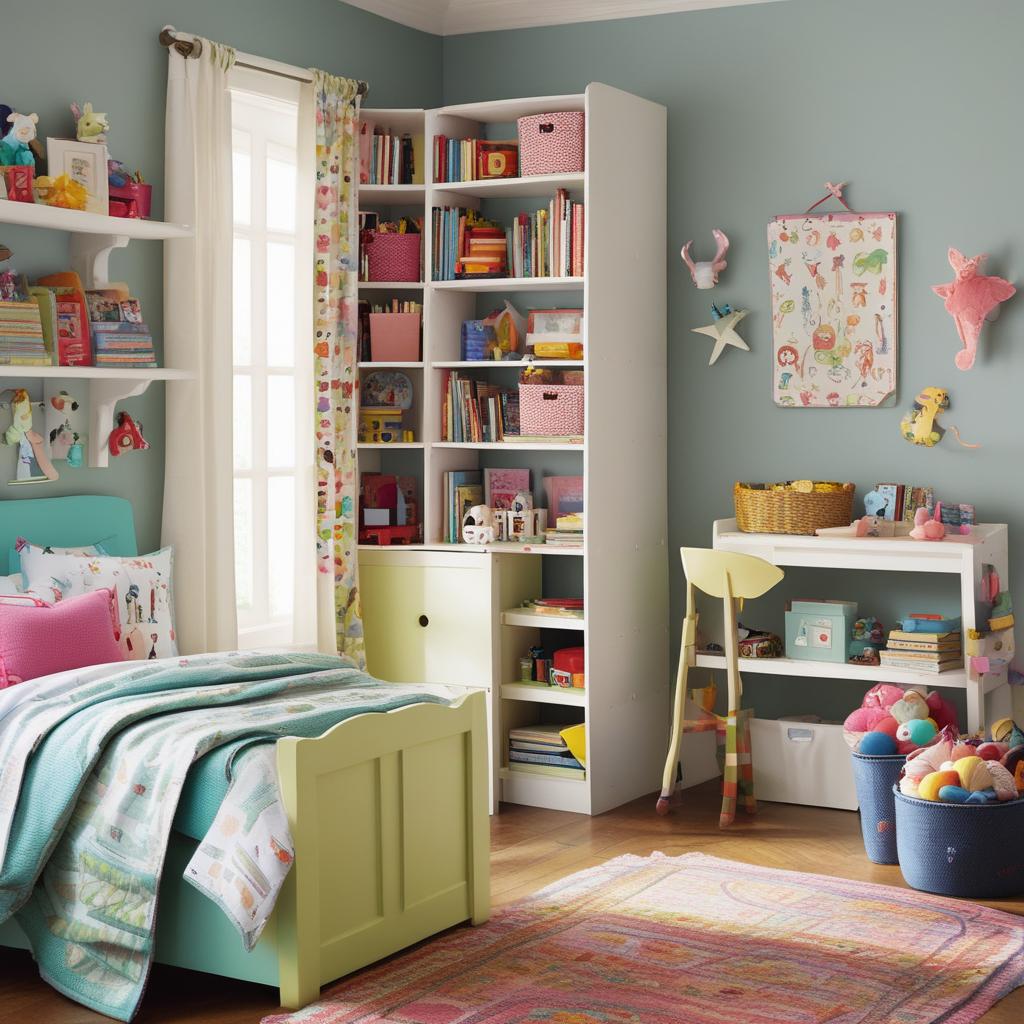
Toys can take over a small room fast. Use baskets, under-bed bins, vertical shelves, and slim bookcases to keep clutter under control. Don’t shy away from creative solutions—even a small gap between furniture can hold useful storage.
5. Invest in Modular Wardrobes
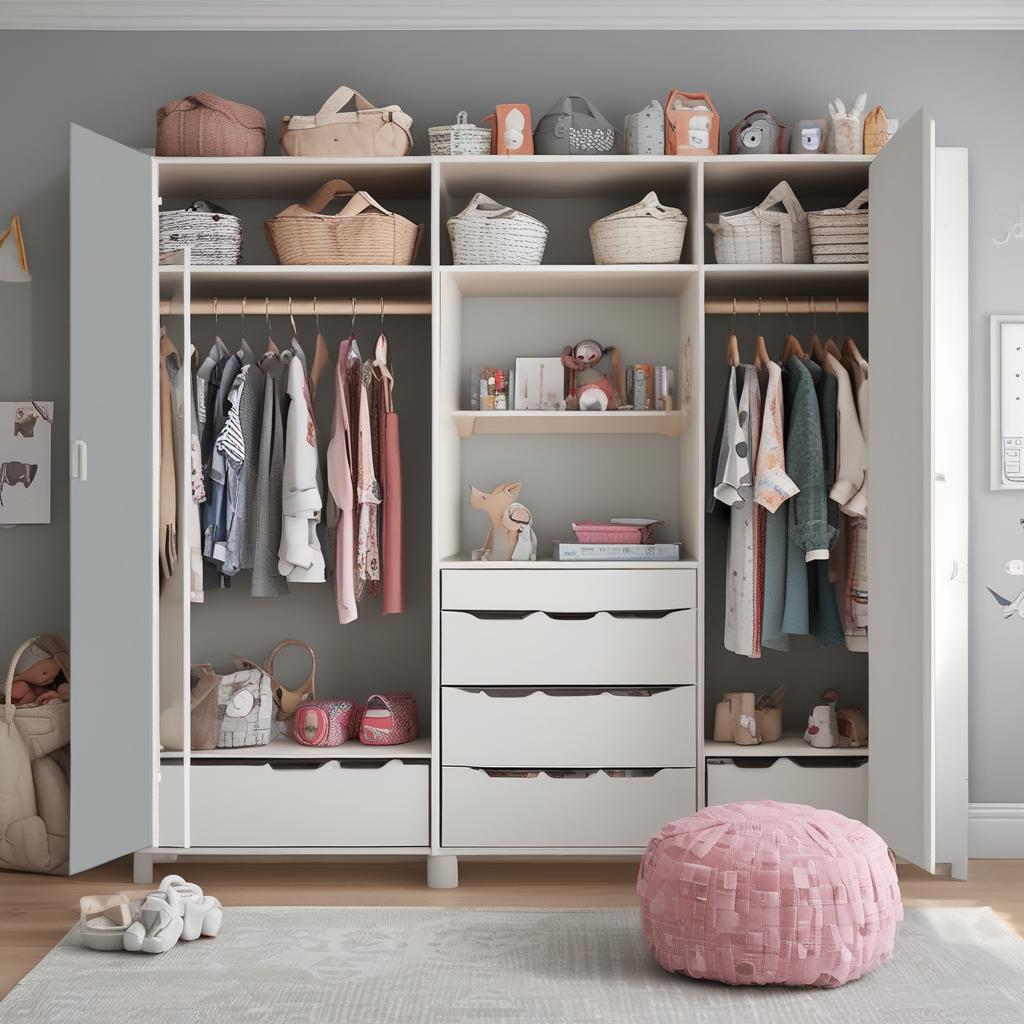
Modular storage lets you personalize the layout with drawers, shelves, and baskets. Skip unnecessary hanging space in favor of compartments tailored to toys, books, or folded clothes.
6. Designate a Play Zone
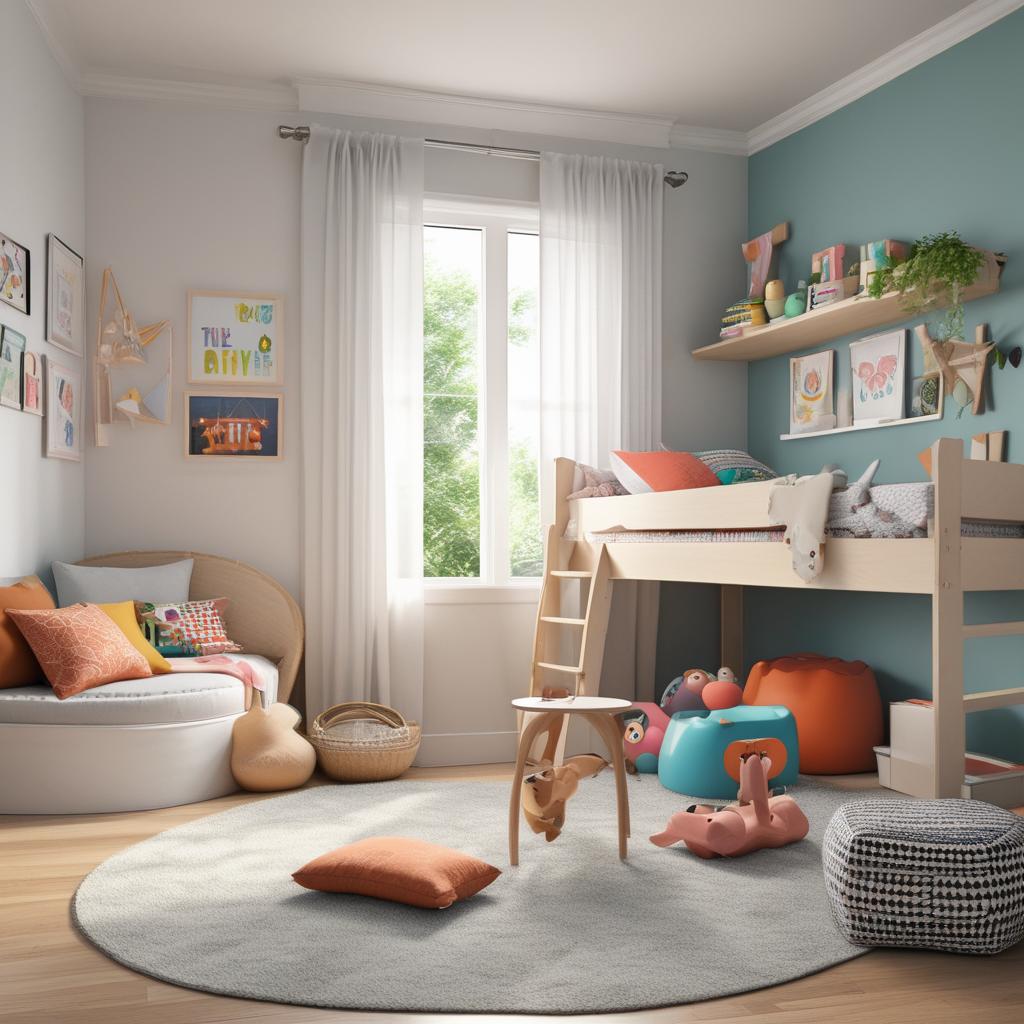
Even a small corner or rug area can serve as a play spot. Giving kids their own mini “hangout” helps the room feel more personal and playful.
7. Use Fairy Lights for Ambience
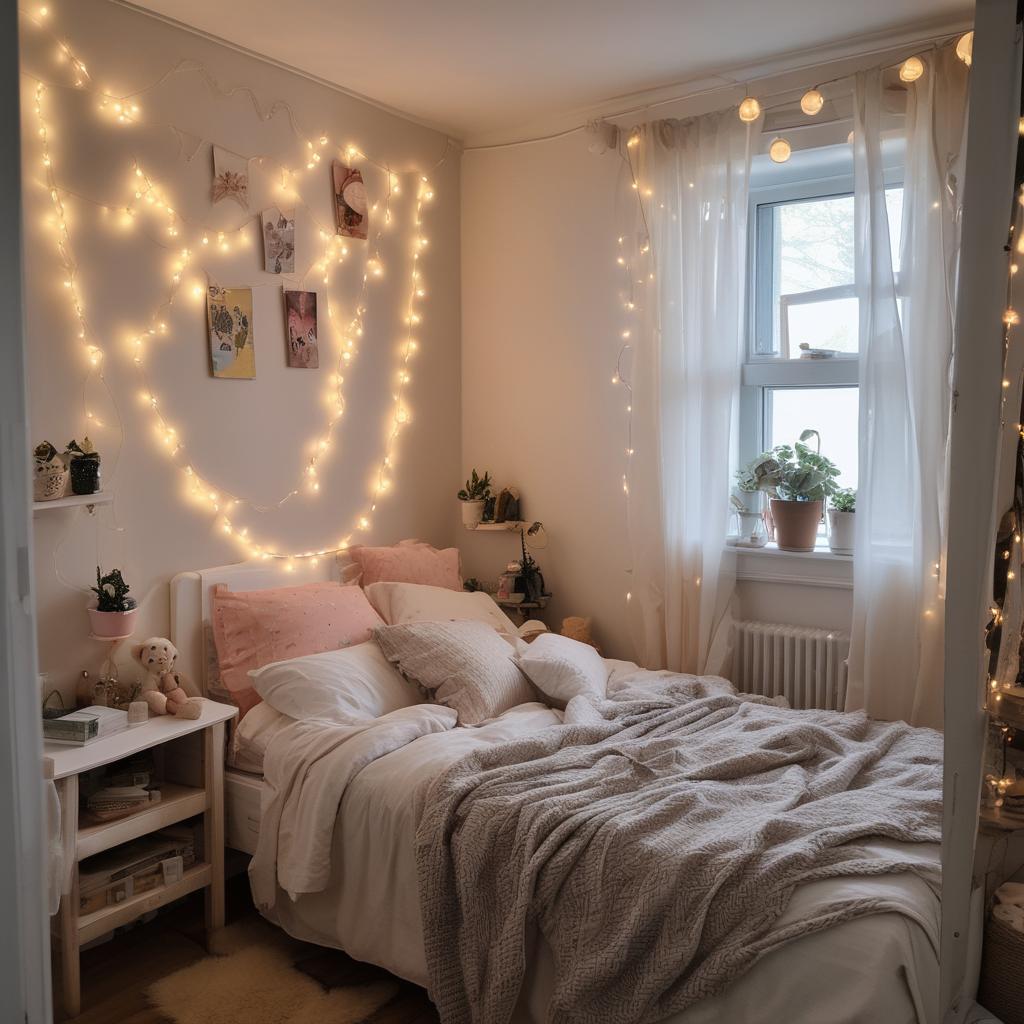
Add charm and warmth with fairy lights. They create atmosphere, add perceived depth to the room, and function as a nightlight.
8. Create a Cozy Reading Nook
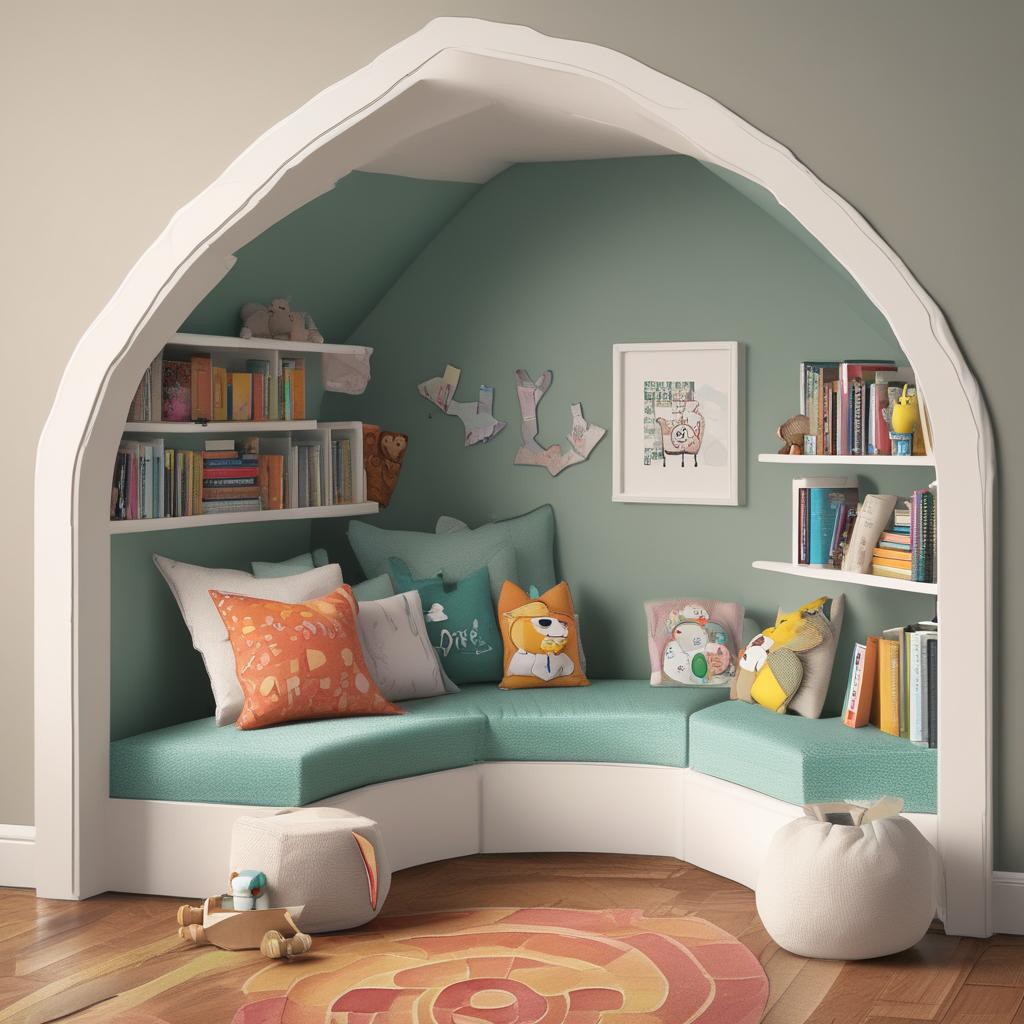
Encourage reading by setting up a soft corner with a cushion, beanbag, or child-sized chair. Add a bookshelf nearby to keep stories within reach.
9. Trundle Beds for Guests
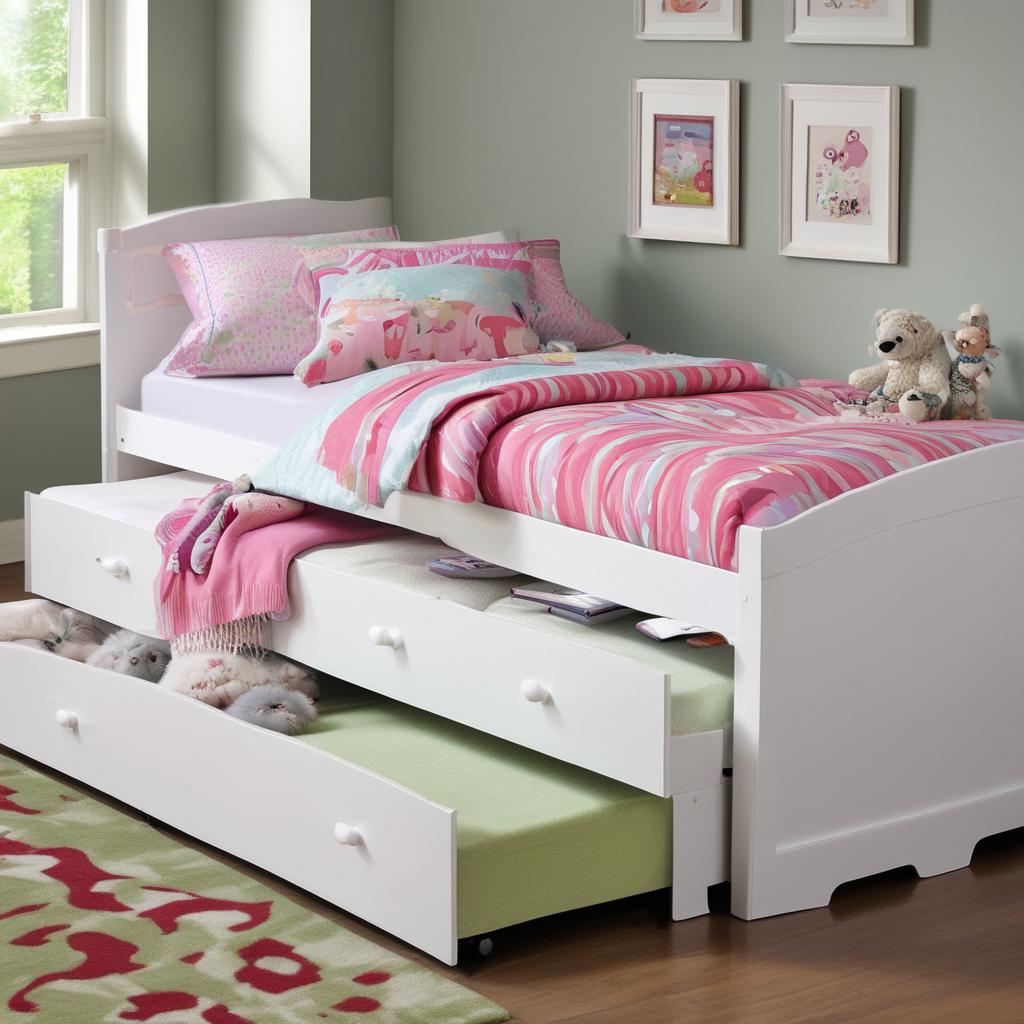
Perfect for sleepovers or visiting family, trundle beds are compact and convenient. Just slide them out when needed—ideal for small rooms with limited floor space.
10. Built-in Bunks for Shared Spaces

Custom bunk beds can save a ton of room in shared bedrooms. Tuck them into alcoves or partitions for a neat, space-saving design.
11. Incorporate a Chalkboard Wall
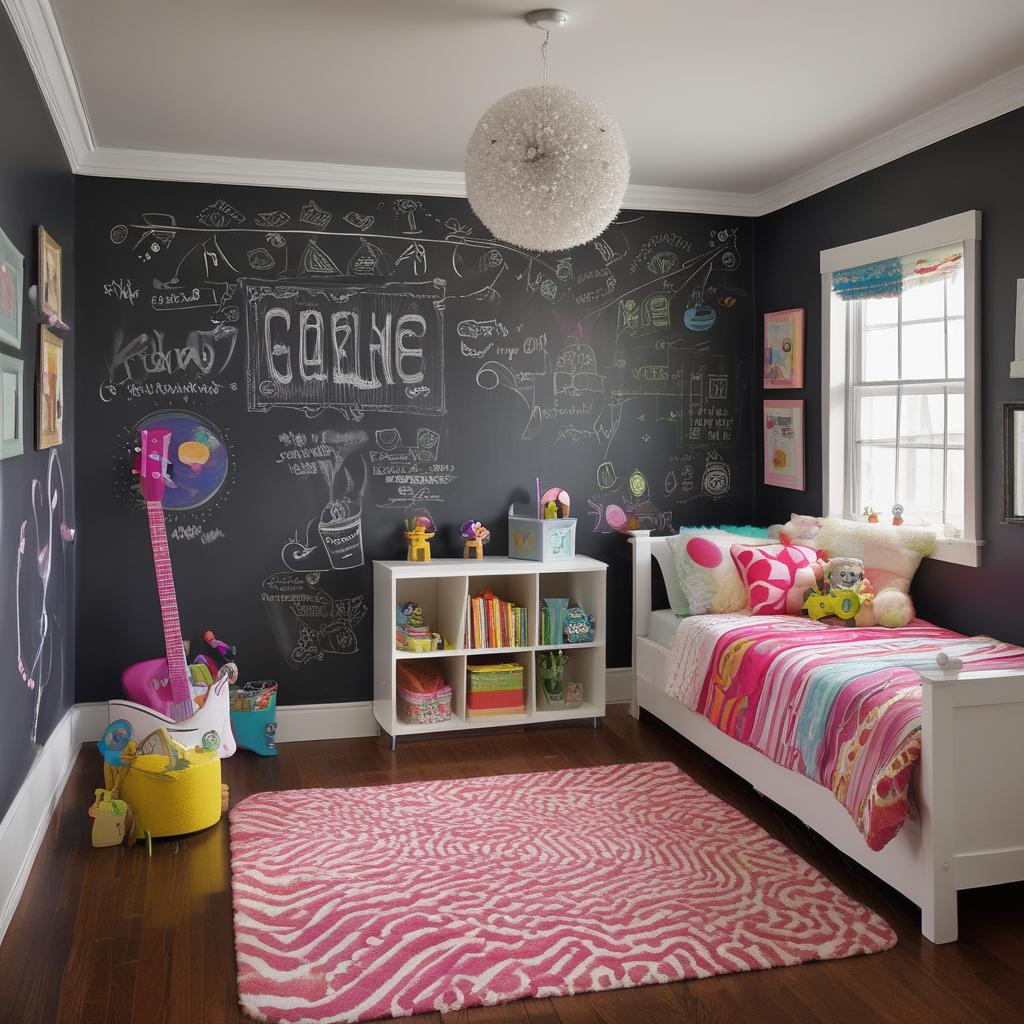
A chalkboard wall adds fun, creativity, and function—let kids doodle, practice writing, or keep schedules and reminders all in one spot.
12. Choose a Light, Calming Color Palette
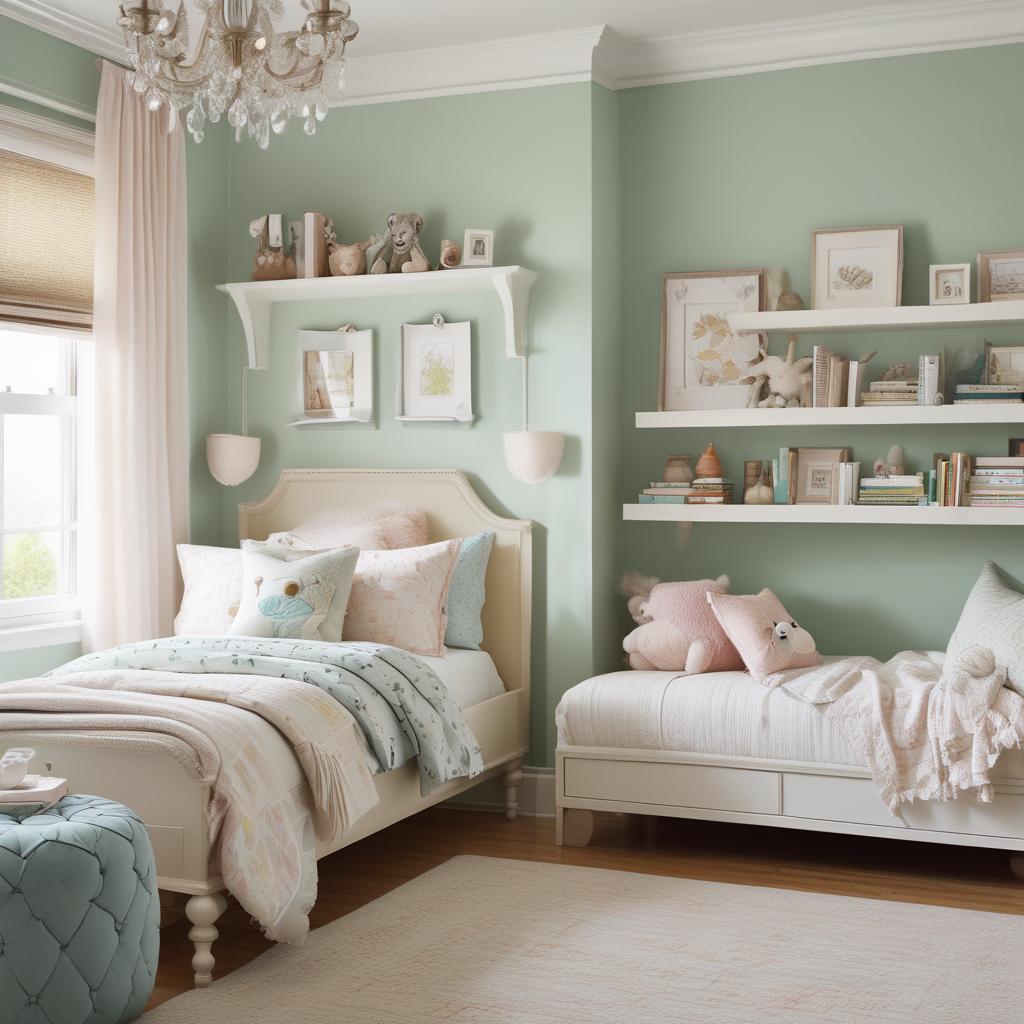
Soft, soothing tones help a small room feel open and restful. Avoid overwhelming colors or busy patterns that can make the space feel cramped.
13. Use Vertical Space
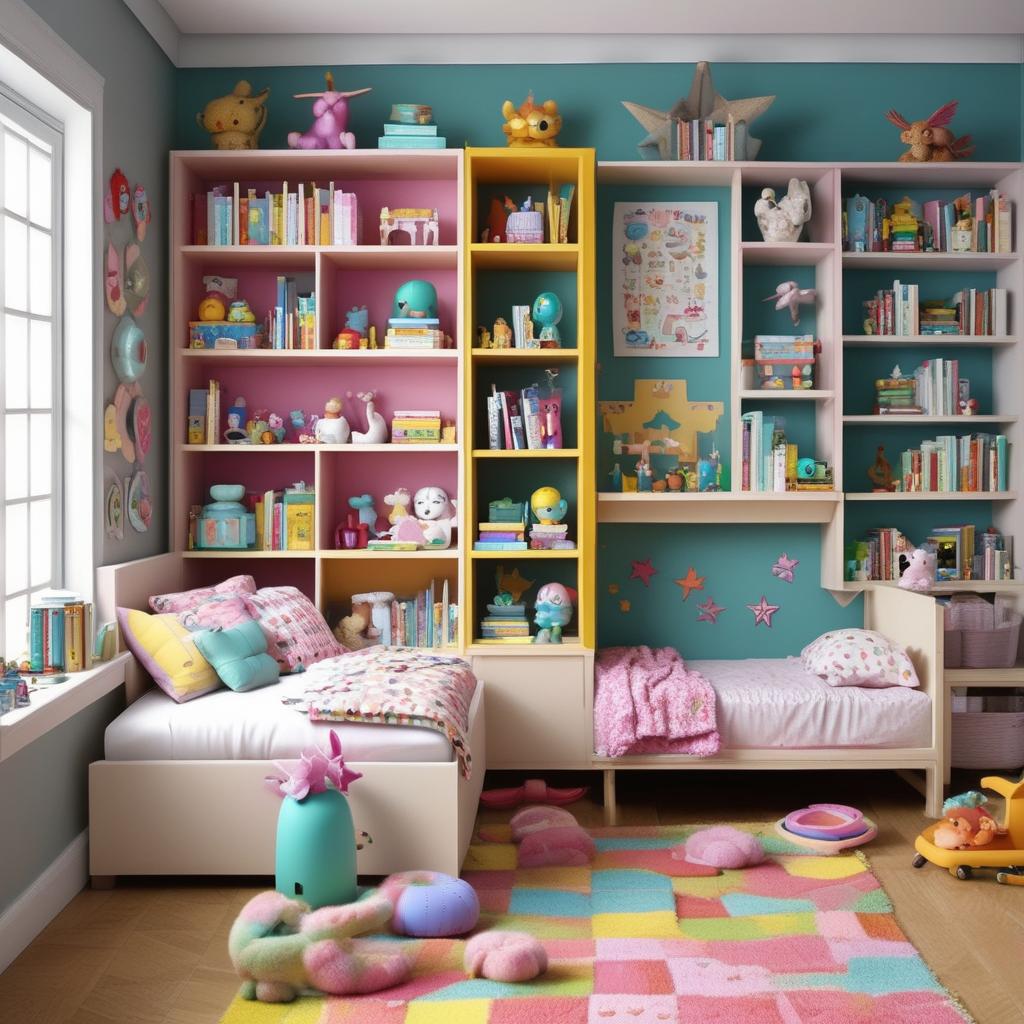
When floor space is limited, go up! Add wall-mounted shelves, tall bookcases, or hanging storage systems to keep toys and essentials off the floor while making the most of your wall area.
14. Keep the Floor Clear
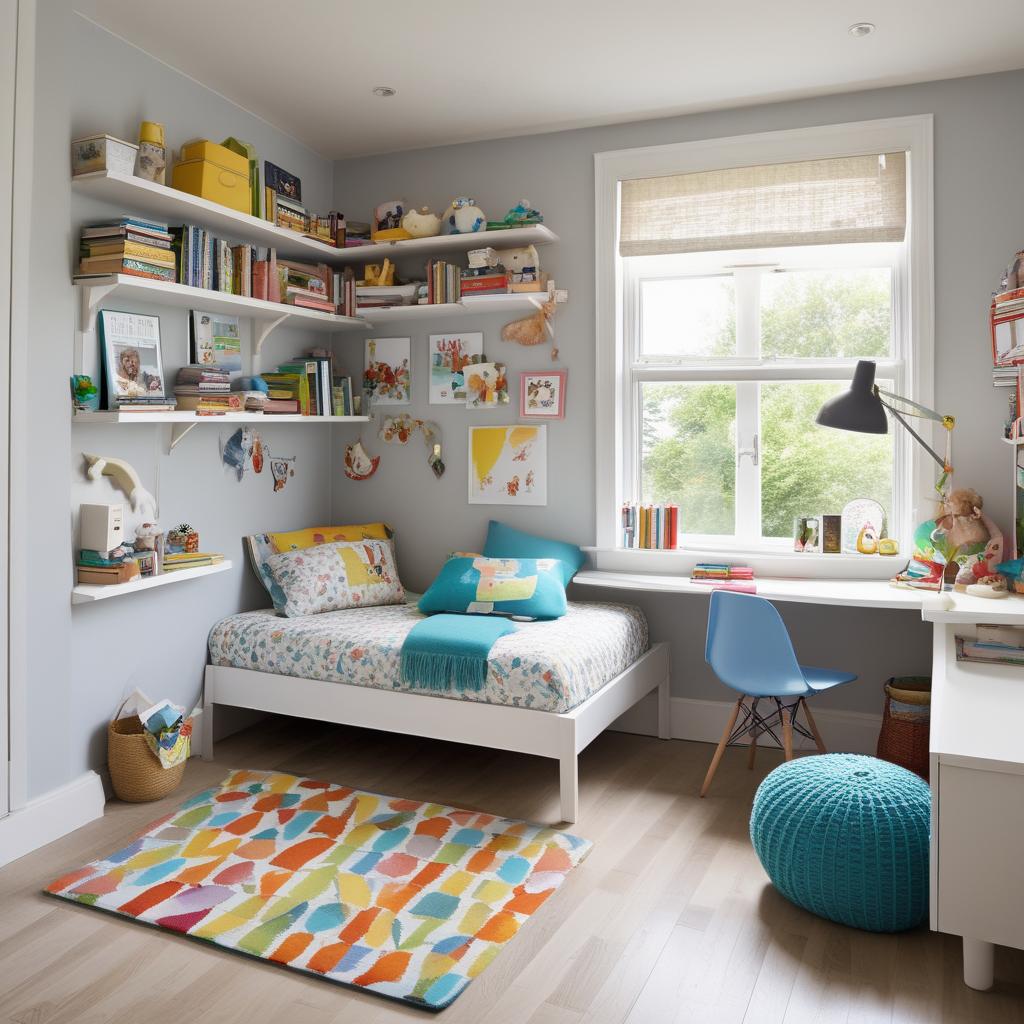
Avoid heavy or bulky furniture that eats up floor space. Opt for wall-mounted desks, floating nightstands, or slimline storage to free up the area for play.
15. Incorporate Foldable Furniture
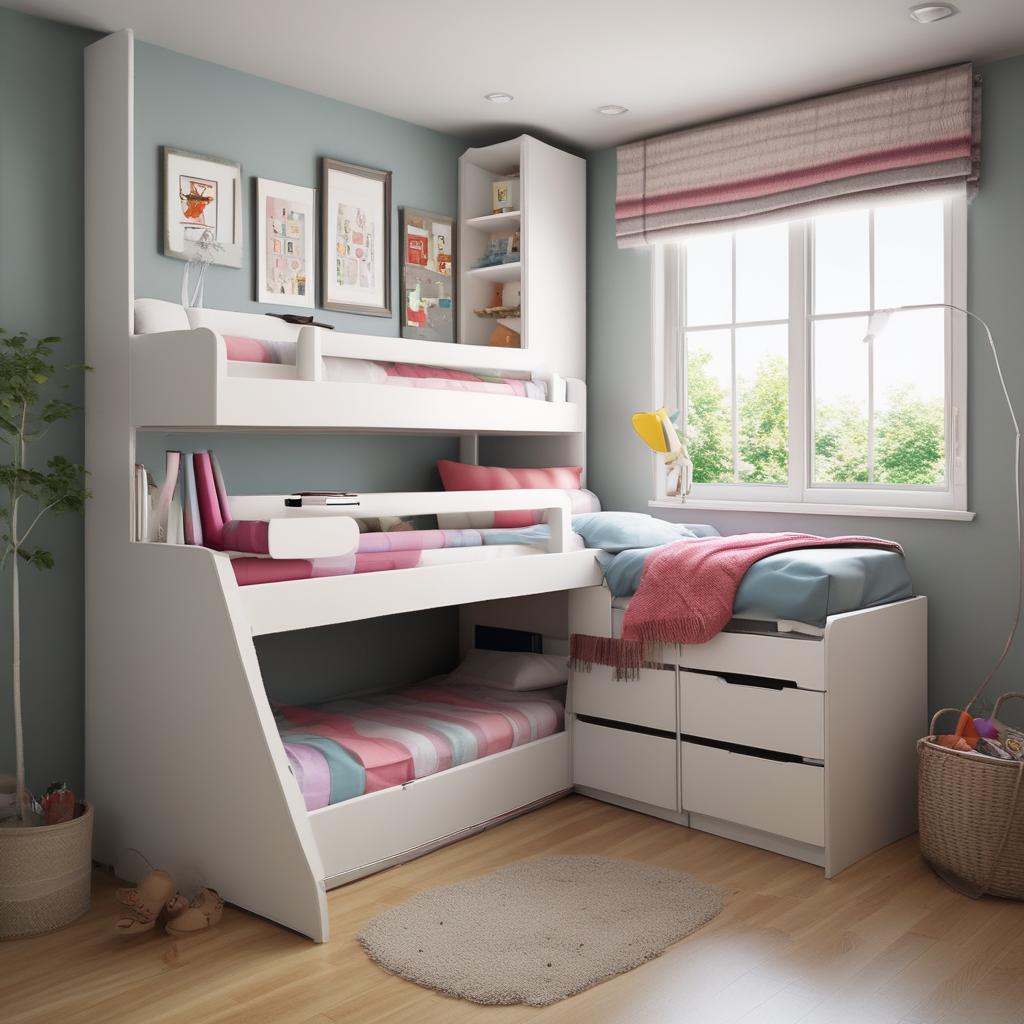
Fold-down desks, chairs, or beds can be tucked away when not in use. This kind of multi-functional furniture is perfect for small bedrooms that need to serve multiple purposes.
16. Create Zones with Rugs
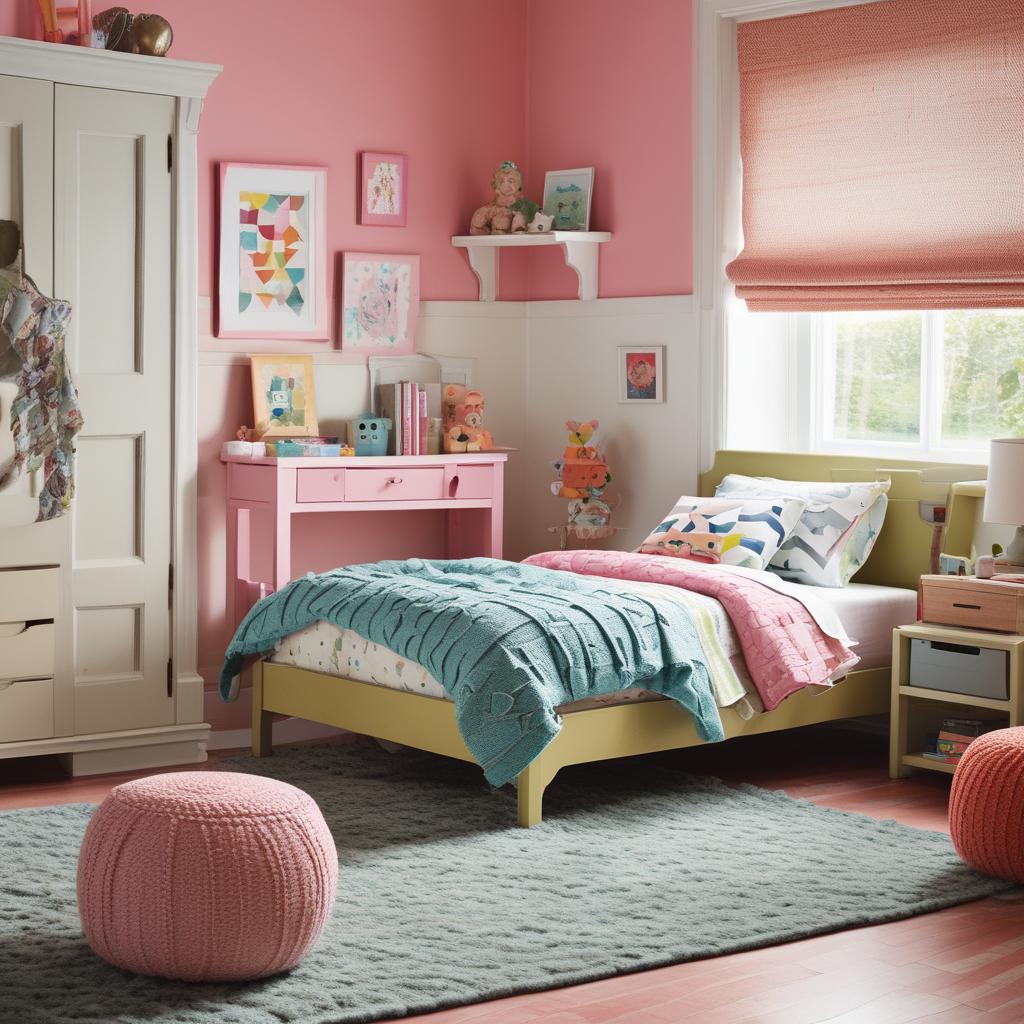
Rugs help define specific zones for sleeping, reading, or play—even in a compact room. Go for lightweight, easy-to-clean materials in fun patterns or soft textures.
17. Add Mirrors to Reflect Light
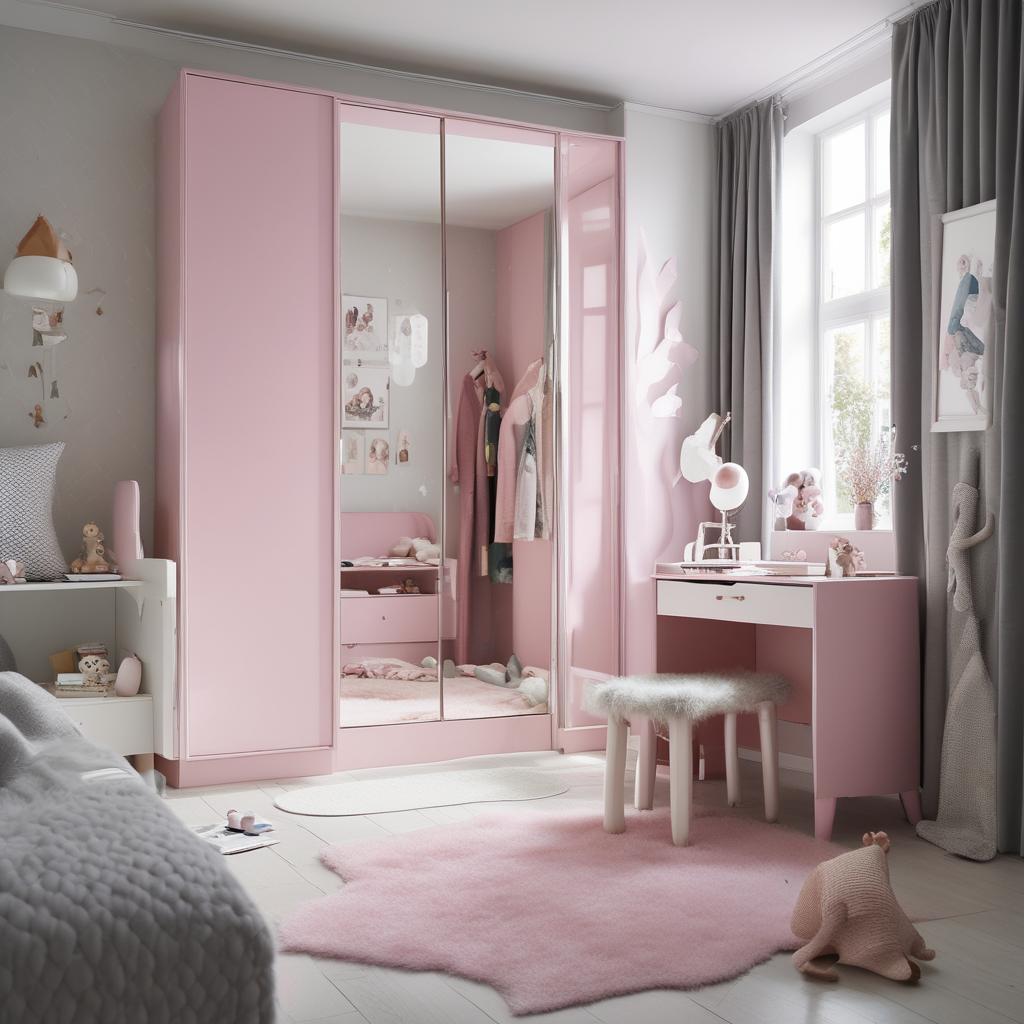
Mirrors make small rooms feel bigger and brighter. A large wall mirror or mirrored wardrobe doors can visually expand the space and add a stylish touch.
18. Pick Dual-Purpose Furniture

Choose furniture that does double duty—like ottomans with storage, beds with built-in drawers, or desks that double as art stations.
19. Utilize Behind-the-Door Storage
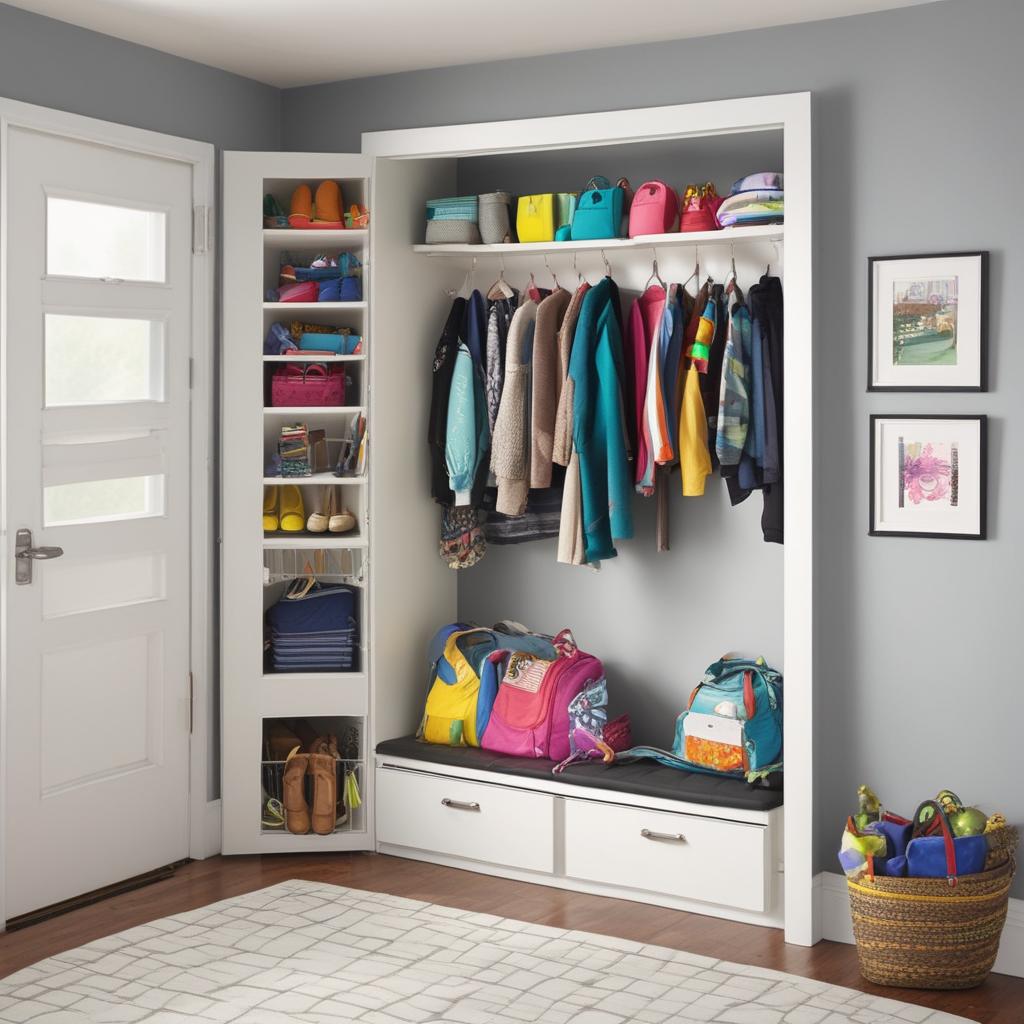
Install hooks, over-the-door racks, or organizers on the back of the bedroom door to hold coats, backpacks, accessories, or shoes.
20. Hang Pegboards or Rails
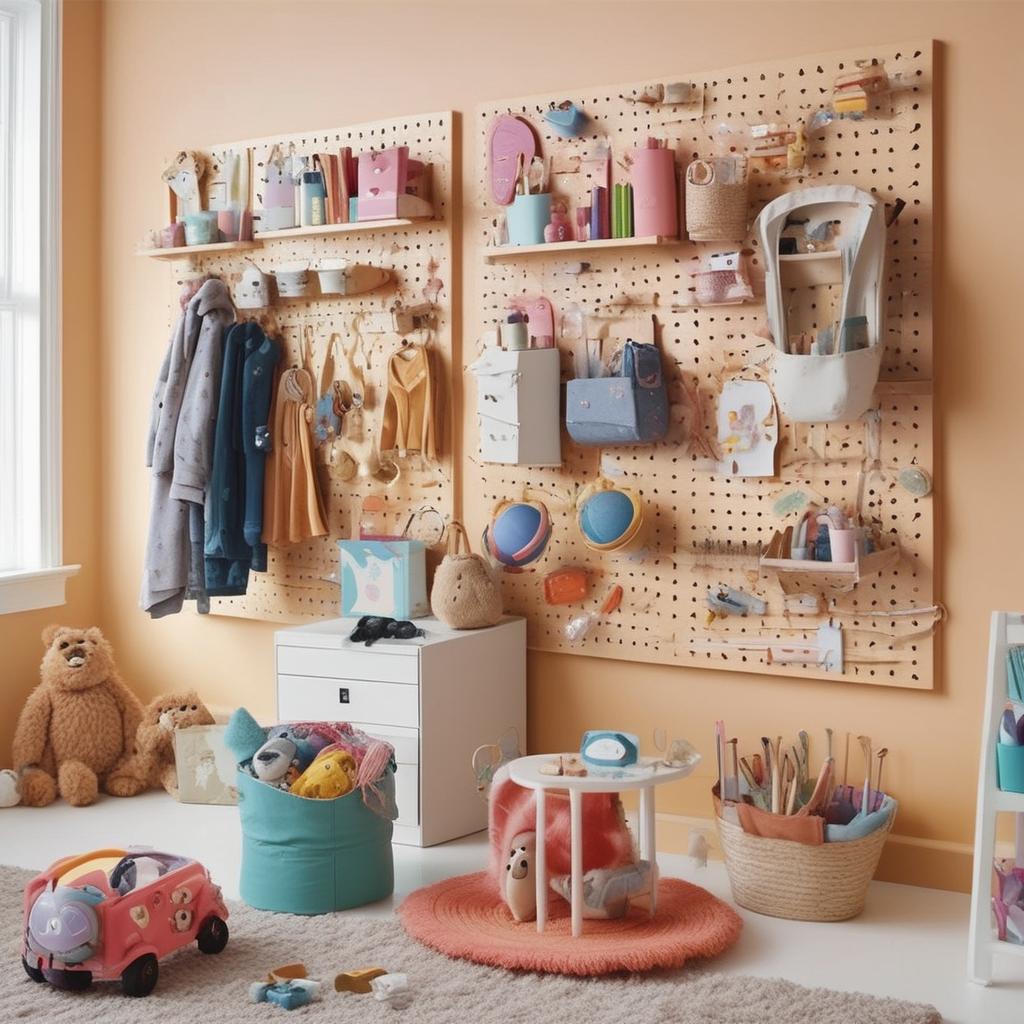
Wall-mounted pegboards or storage rails are super versatile and can hold everything from art supplies to dress-up clothes. Plus, they’re easy to rearrange as your child grows.
21. Use Light-Colored Curtains
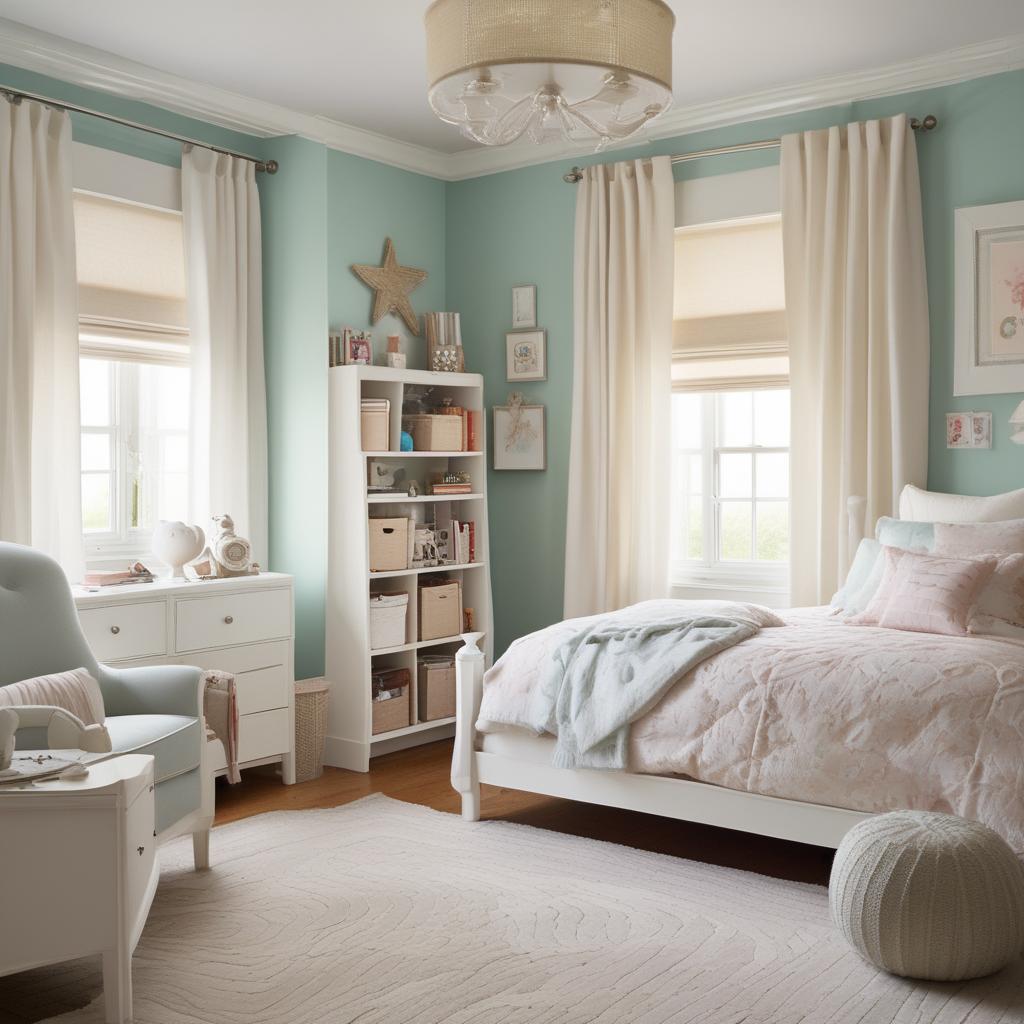
Heavy or dark curtains can crowd a space. Choose light-colored or sheer options to let in more daylight and keep the room airy and bright.
22. Install Wall Hooks
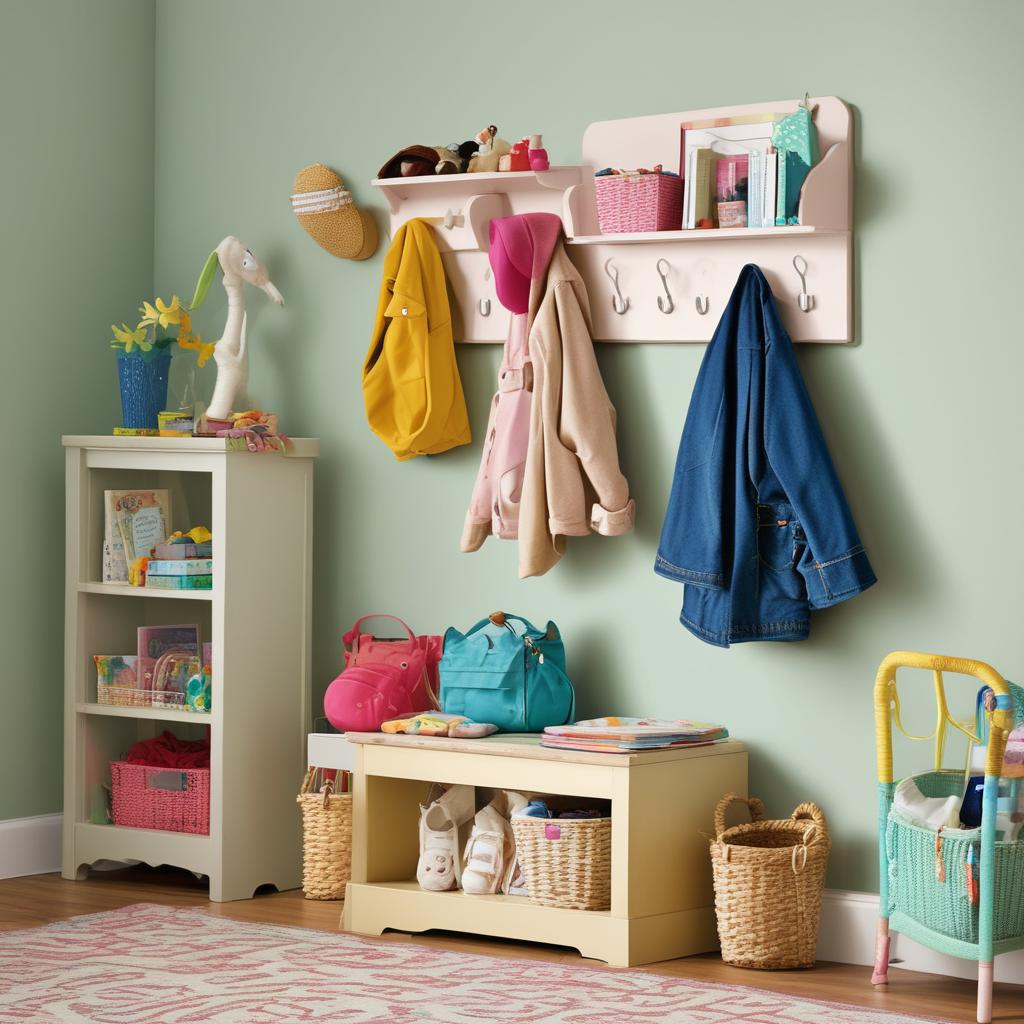
Add hooks at kid-height for easy access to coats, bags, or hats. It promotes independence and helps keep things tidy.
23. Keep the Bed Low
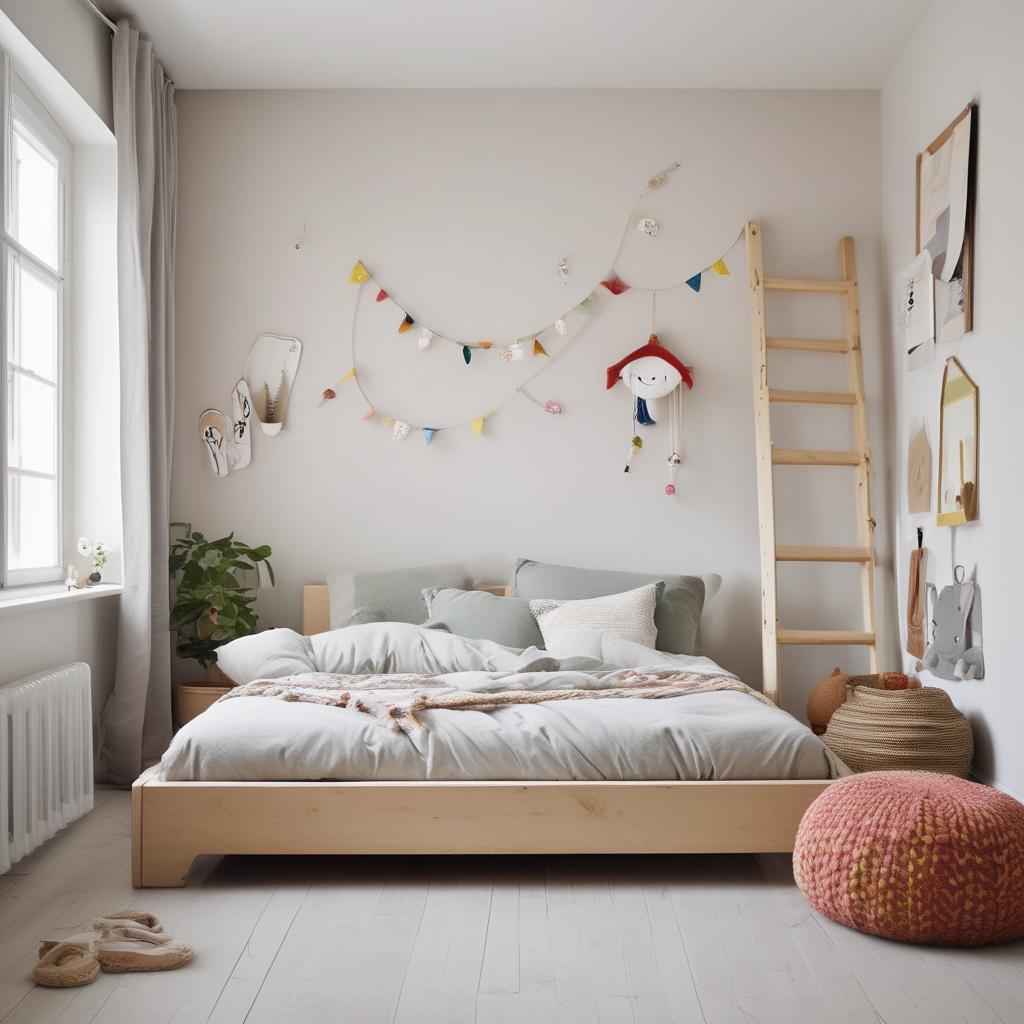
For younger children, a floor bed or low-profile bed makes the room feel more open and is safer for climbing in and out.
24. Use Clear Storage Containers
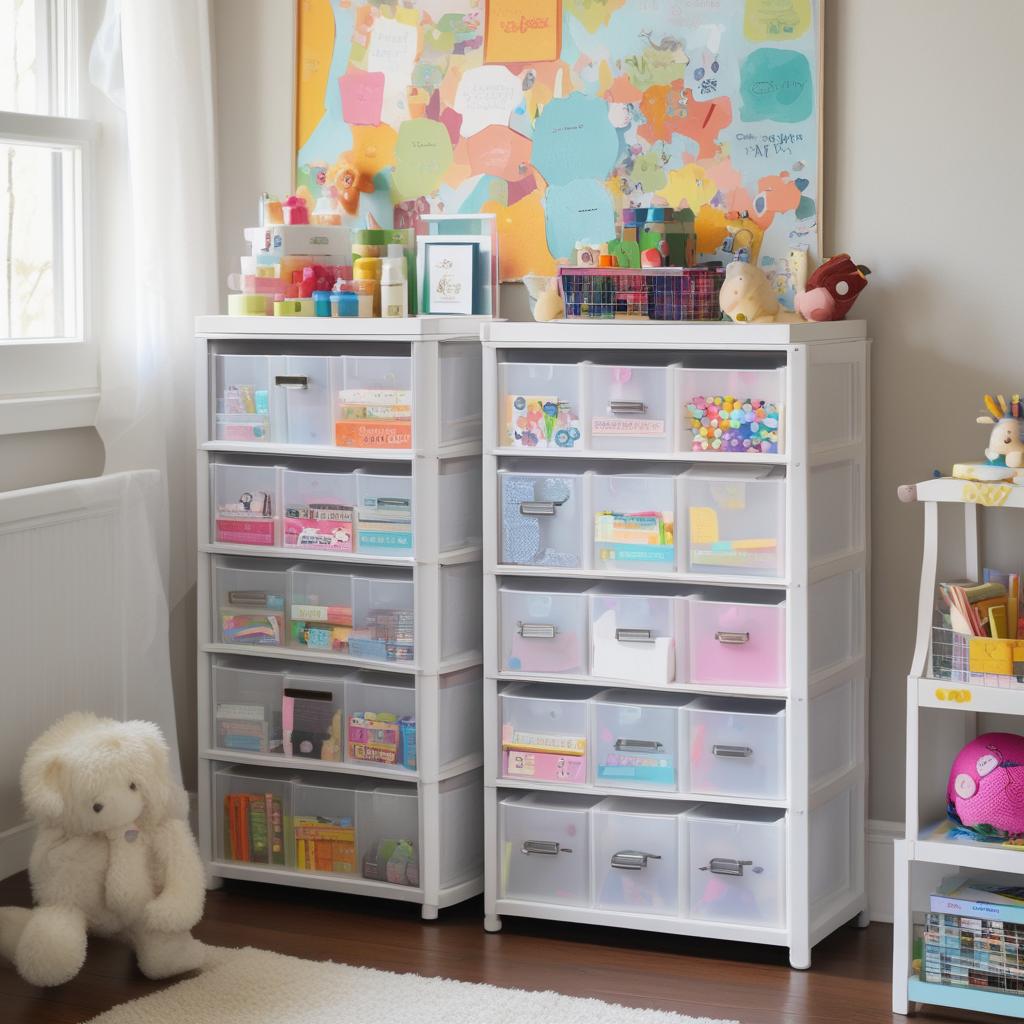
Transparent bins or drawers make it easier for kids to find what they need without tearing the room apart. Label them for extra organization.
25. Rotate Toys Seasonally
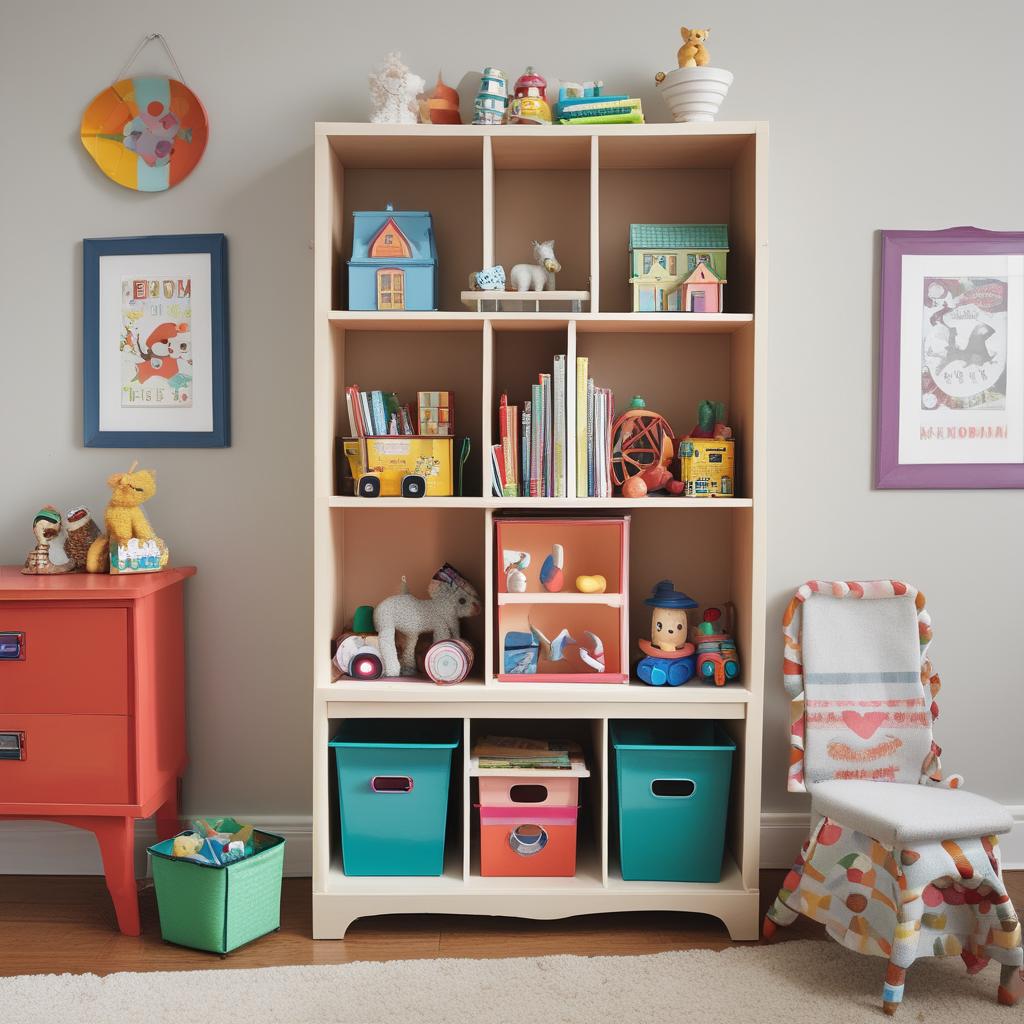
Limit clutter by keeping only some toys in the room at once. Store the rest in bins or boxes and rotate them every few months to keep things fresh and exciting.
26. Install a Wall Desk
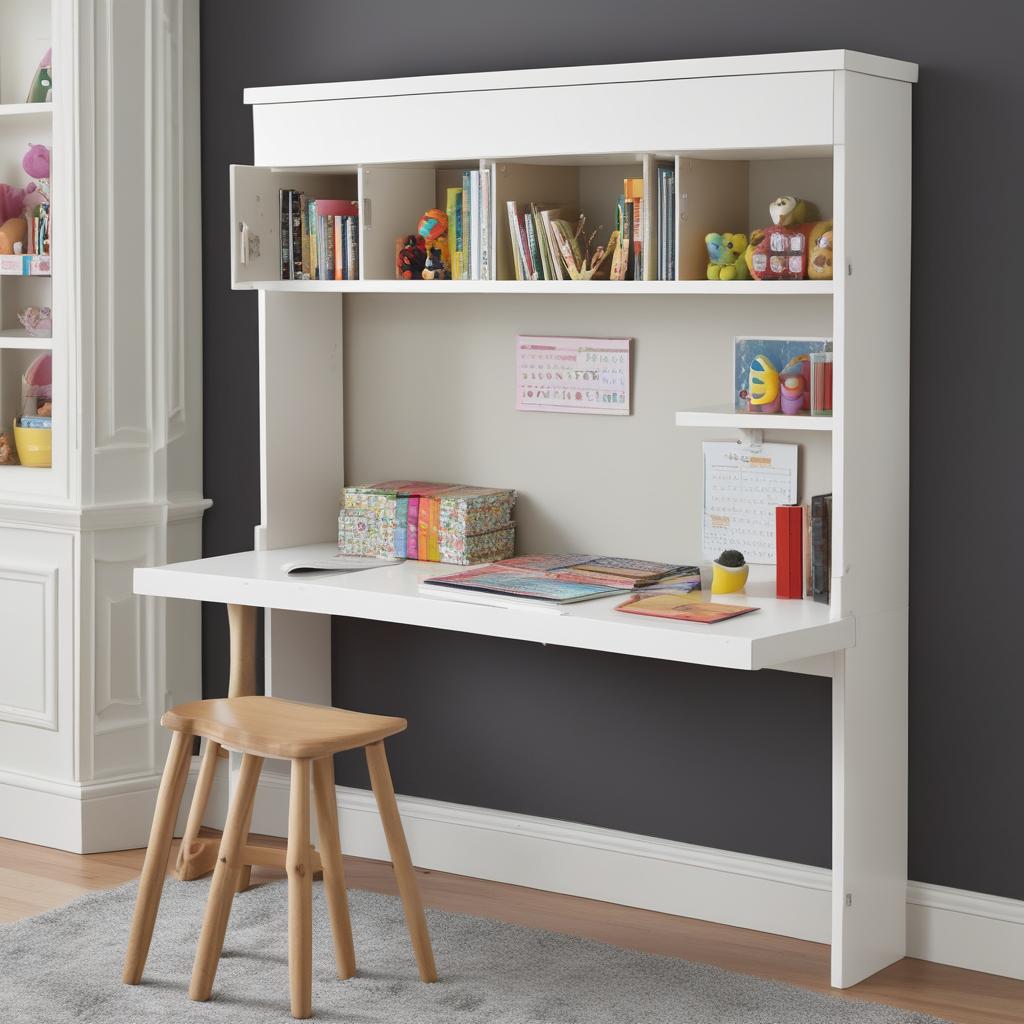
A wall-mounted desk can fold down when needed and fold away when not in use, saving precious space in tight quarters.
27. Display Artwork Creatively
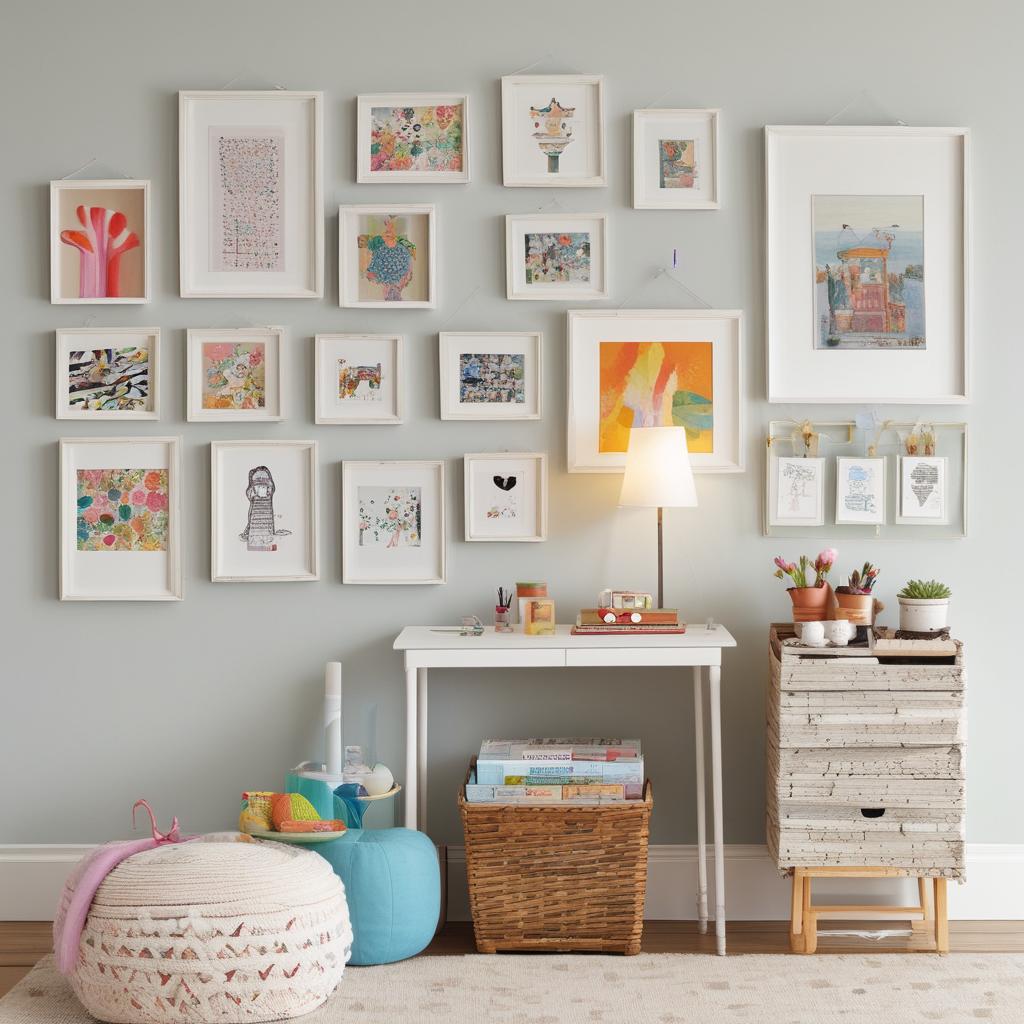
Hang string across a wall with clips to showcase your child’s artwork. It adds personality and gives them a sense of pride—plus, it’s easy to update regularly.
28. Use Matching Storage Sets

Matching baskets, bins, or containers create a cohesive look and keep things visually tidy—even when storage is open and on display.
29. Consider Loft Beds

A loft bed elevates the sleeping area and frees up space underneath for a desk, play zone, or cozy reading corner.
30. Let the Child Help Decorate
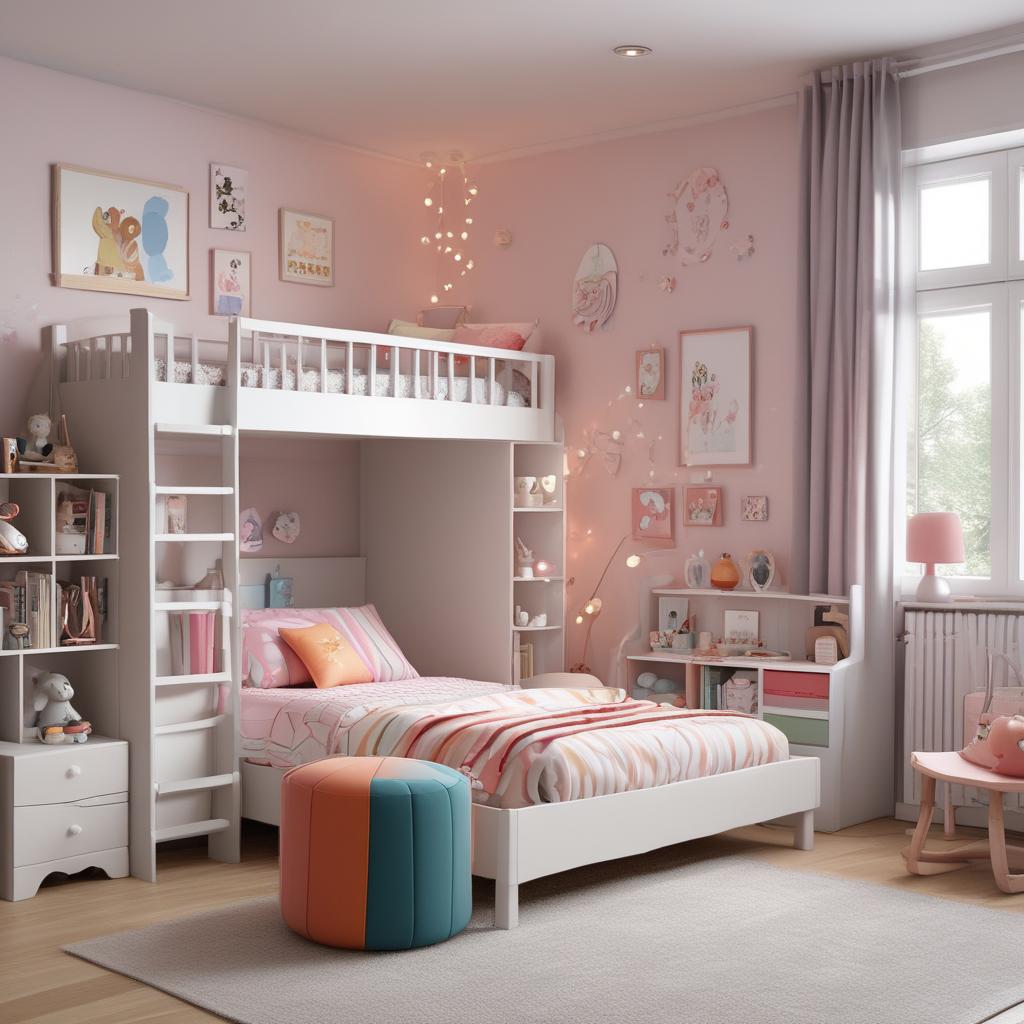
Most importantly, involve your child in the process! Let them pick out colors, themes, or accessories so they feel proud and connected to their space.
